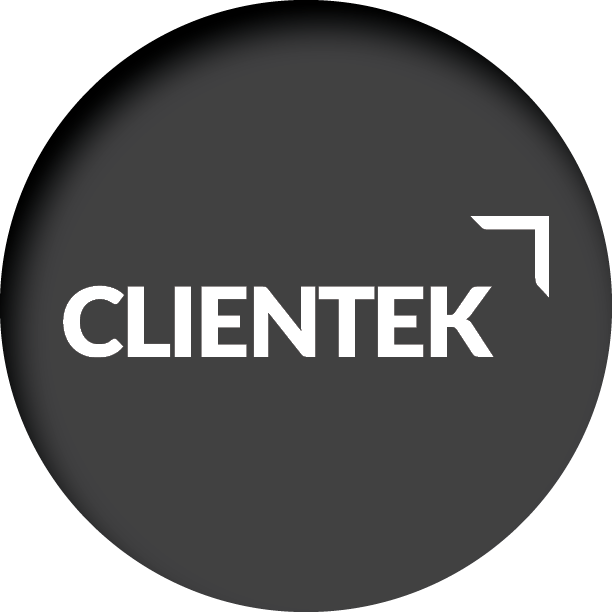Recently I’ve taken part in many conversations in which customers discuss agile transformation as being a goal for their organization to achieve. This mindset leads many organizations to focus on trivial items that are not beneficial. Bottom line, being agile is not a useful organizational goal. Agile concepts are a solution to certain problems and/or opportunities an organization may have. Therefore, before implementing any process change, it is crucial to define your software development goals.
At Clientek, we have four main goals for our development process and agile concepts help us achieve them:
-
Time to Market.
We try hard to get software into production that provides value as soon as possible. This objective is achieved by decomposing requirements into Minimal Marketable Features (MMFs) and executing against them in priority order. This approach allows us to deliver only the necessary software to impact project goals. -
Predictability.
We want to deliver what we said, when we said. We achieve this by creating smaller user stories and executing them within our two-week sprints. This allows our teams to accurately plan what they can commit to within each sprint and ensures that our customers know what they can expect every two weeks. -
Quality.
This one is two-fold; did we deliver what the customer asked for? and did it work the way it was intended to work? Using small stories, frequent demonstrations, and quality tasks within our sprints, we can ensure that every user story is completed as desired. -
Transparency.
While last on this list, it is first in importance. We want our customers to know where we are at throughout every step of the project. This means our customers are involved in requirements sessions, daily standups, demonstrations, and release plan reviews. We size every new requirement and technical learning – ensuring their impact(s) are reflected on the project release plan. Nothing is worked on unless it is part of the plan. Our customers share in every mistake and victory along the way.
We use agile concepts where they fit, modify them where needed, and ignore anything that doesn’t help us achieve these goals. We don’t spend time contemplating how “agile” an activity is, but rather focus on how it is helping us achieve our goals and satisfy our customer’s needs.


